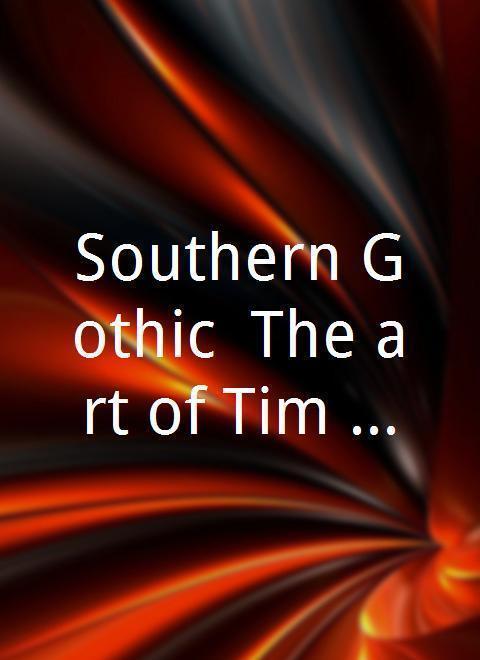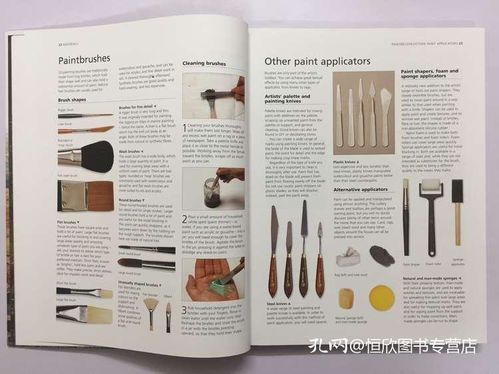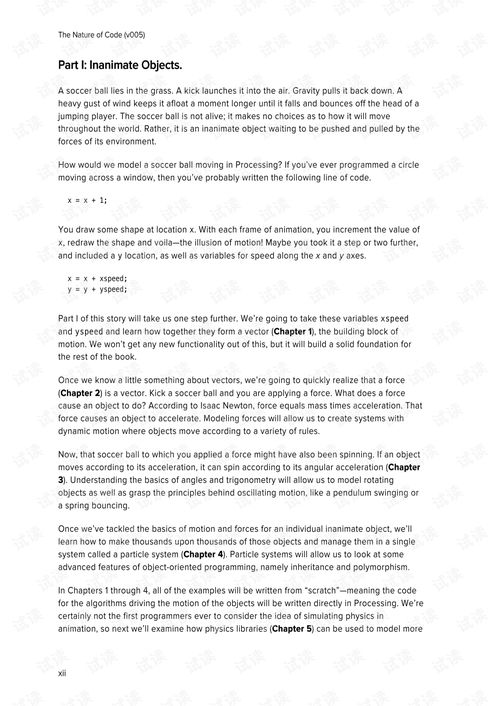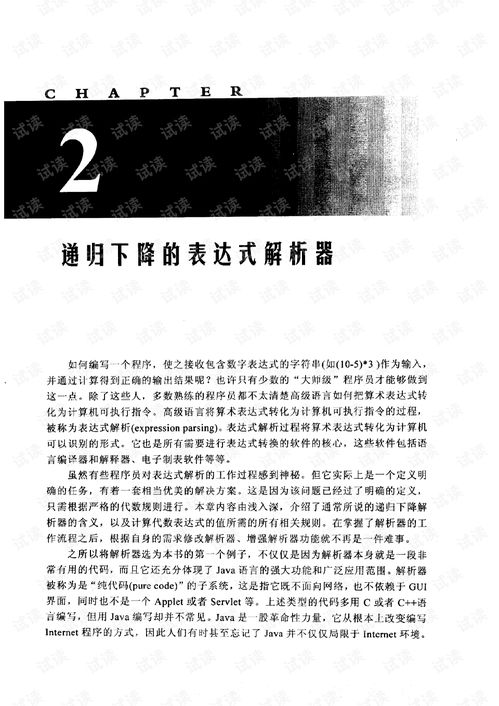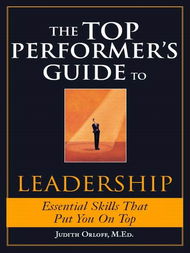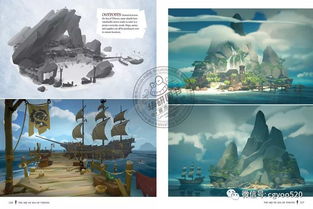Content:
Introduction: Trolling for mid-level fish can be a highly rewarding and enjoyable fishing experience. Whether you're targeting species like bass, trout, or salmon, mastering the technique of how to troll with a medium-level fishing rod is crucial for success. In this article, we will delve into the essential techniques and tips that will help you become a proficient troll fisherman.
Choosing the Right Equipment: The first step in mastering the art of trolling is selecting the appropriate equipment. Here are some key factors to consider:
a. Rod Selection: Opt for a medium-action rod that is specifically designed for trolling. These rods are designed to handle the casting and retrieving process effectively.
b. Reel Selection: A quality reel with a smooth drag system is essential. Look for a reel that is capable of handling the weight of your chosen lure and can provide consistent retrieves.
c. Line Selection: Use a monofilament line that is strong and flexible. The line size should match the weight of your lure and the species you are targeting.
Lure Selection: The choice of lure can significantly impact your success when trolling. Here are some popular options:
a. Plugs: These artificial lures mimic the movement of fish and are highly effective for triggering strikes. Consider using diving plugs that can cover different depths.
b. Spinnerbaits: Spinnerbaits are versatile lures that create a lot of movement and can attract fish from a distance. They come in various colors and sizes.
c. Jigs: Jigs are great for targeting bottom-dwelling fish. They can be fished in various ways, including slow-trolling and stop-and-go techniques.
Trolling Speed and Depth: Finding the right speed and depth for your lure is crucial for successful trolling. Here are some tips:
a. Start with a moderate speed, such as 1 to 2 miles per hour. Adjust the speed based on the water conditions and the species you are targeting.
b. Experiment with different depths by adjusting the length of your leader and the weight of your lure. For example, longer leaders and heavier lures will dive deeper.
c. Pay attention to the water temperature and clarity. Fish may be found at different depths depending on these factors.
Trolling Techniques: Here are some effective trolling techniques to try:
a. Single Line Trolling: Attach your lure directly to the main line. This method allows for precise control and allows you to cover more water.
b. Double Line Trolling: Use a second line with a different lure to cover more ground. This technique can increase your chances of catching fish.
c. Drifting Trolling: Let your boat drift naturally while you troll. This method can be effective in areas with strong currents or currents that run perpendicular to your boat's path.
Monitoring Your Bait: Keep a close eye on your lure while trolling. Here are some signs that indicate a fish is interested:
a. Line Twisting: If you notice your line twisting or moving erratically, it could be a sign that a fish is following your lure.
b. Line Pull: A sudden pull or a change in direction could indicate a fish has taken the bait.

c. Bait Movement: Pay attention to the movement of your lure. If it stops moving or behaves abnormally, it might be a sign that a fish has bitten.
Conclusion: Mastering the art of how to troll with a mid-level fishing rod requires practice and patience. By selecting the right equipment, choosing the appropriate lure, and understanding the key factors that affect trolling, you can significantly improve your chances of catching mid-level fish. Remember to experiment with different techniques and always be observant while on the water. Happy fishing!

